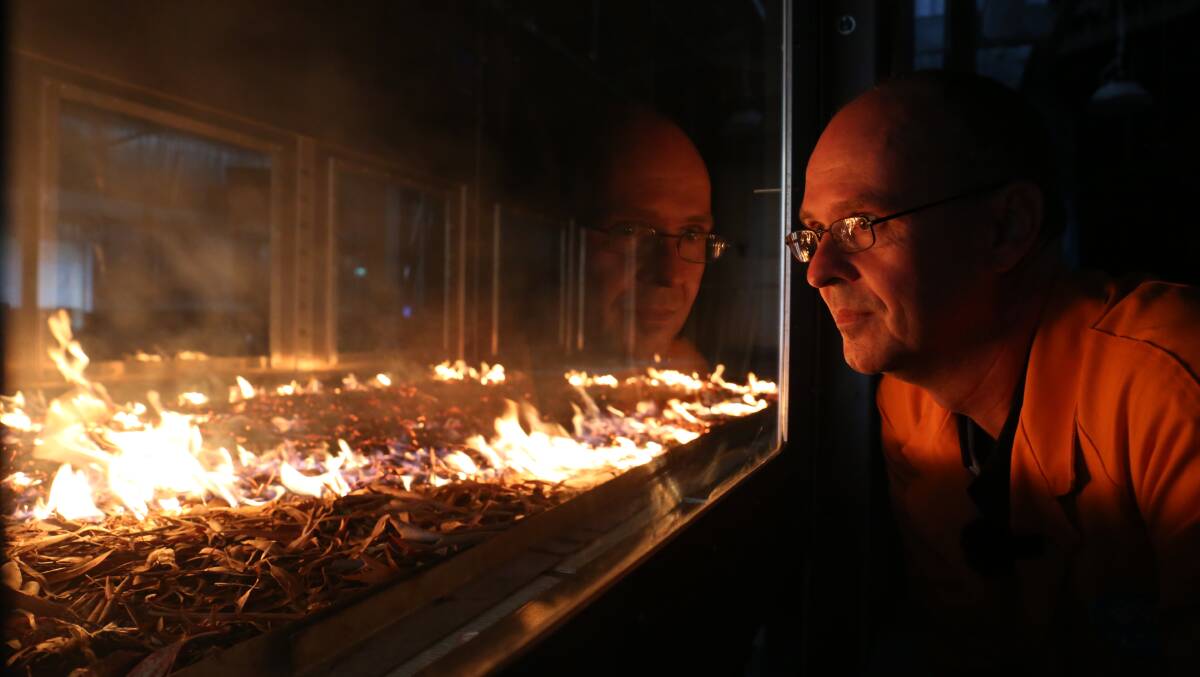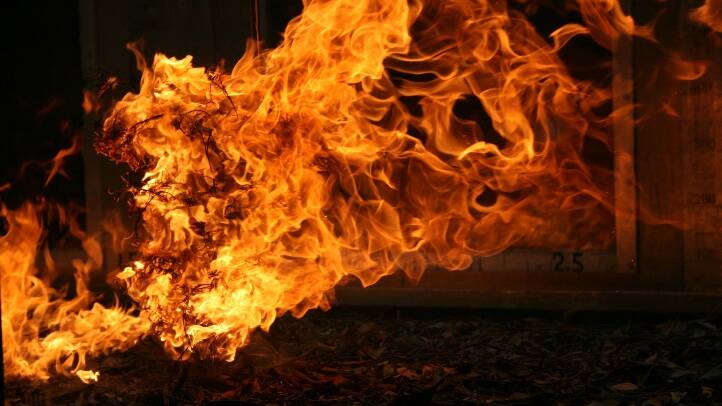A world-class simulation centre has opened at CSIRO Black Mountain, allowing scientists to mimic extreme fire events like the Black Summer bushfires.
The $2.1 million facility, which has been named the National Bushfire Behaviour Research Laboratory, includes a 29-metre-long combustion tunnel, allowing researchers to investigate flame propagation, and a 12-metre-tall wind tunnel, which will enable the study of combustion and the aerodynamic characteristics of embers.
Data from the laboratory will help authorities prepare for, respond to and recover from bushfires, amid predictions of more frequent extreme weather events in Australia.
CSIRO scientists are able to feed the Pyrotron combustion tunnel with grass, forest litter and shrubs, and have the capacity to precisely control fuel type, wind speed and moisture. The data it produces will inform the work of fire agencies.
The wind tunnel will provide vital data on how embers cause spot fires, the major contributor to bushfires burning out of control, trapping firefighters and civilians and causing property loss.

The CSIRO, which has attended almost every major fire event since the 1950s, will also be able to invite members of state emergency services and rural fire services to the facility to prepare for real-world events.
CSIRO fire behaviour expert Dr Andrew Sullivan said bushfire tornadoes and bushfire-generated thunderstorms, such as those experienced during the Black Summer bushfires, were also increasing in frequency and severity.
"The fires themselves are becoming much more intense, and impacting people in different ways," he said.
Dr Sullivan said the prevalence of what used to be our worst fire days was likely to increase by 30 to 50 per cent by the end of the century.
On top of that, more people are moving to the bush and having to learn to live with the reality of bushfires.
"What we're doing here is trying to build the knowledge base of what it is they need to learn," he said.

CSIRO chief executive Larry Marshall said while bushfire severity had increased, there had only been a slight increase in the occurrence of bushfires so far.
That meant science still had time to prevent the devastating increase predicted by the end of the century, he said.
"They're becoming more of a significant issue, which is why we're trying to get the science to really focus on 'What do we do about it? How do we react and adapt to that, so that we can protect our homes, our people and our environment?'" he said.
Dr Marshall said that, as the driest continent on the planet, Australia was always at risk of experiencing a drought somewhere, which increased the probability of fire spreading rapidly.
"When you talk to the people that have endured a bushfire, they really do feel like it's a wild animal trying to break into their house," he said.
Dr Marshall said people often described fires as having a mind of their own, which was why scientific research was so important.
"It's enabled us to sit down with people who fight fires on the ground, the SES and the rural fire services, to teach them what we've learnt through our measurements and simulations, so that we can better train them to anticipate what a fire might do," he said.







